NC State Brings Expertise, Interdisciplinarity to Galapagos Consortium

Bolstering its current research and service in the Galapagos Islands, NC State is joining the International Galapagos Science Consortium, a group of institutions dedicated to studying and preserving the famed archipelago through collaborative, interdisciplinary research.
The University of North Carolina at Chapel Hill and the Universidad San Francisco de Quito lead the consortium, which provides access to the Galapagos Science Center. The center is the only university science center on the archipelago and has 20,000 square feet of laboratories, offices and multipurpose space. The University of South Alabama and Australia’s James Cook University and the University of the Sunshine Coast are also members of the consortium.
“NC State is very pleased to join this international consortium,” said Jon Horowitz, associate vice chancellor for research infrastructure and development in NC State’s Office of Research and Innovation. “Whether one studies science education, history, ecology, climate and marine science, tourism, agriculture, engineering, or veterinary medicine, the Galapagos Islands offer enormous opportunities for faculty research and scholarship, and student training. Engagement with our international colleagues will strengthen ongoing NC State efforts on the Islands, as well as the mainland of Ecuador, and expand our presence on the global stage.”
NC State already has a presence on the Galapagos, with researchers helping to care for and preserve the islands’ rich biodiversity. Joining the consortium will lead to more opportunities for NC State to share its strengths with the community while producing more innovative research.
“Joining the consortium will make it easier for faculty, staff and students from NC State and other colleges to go to the Galapagos,” said Greg Lewbart, professor of aquatic, wildlife and zoological medicine at NC State’s College of Veterinary Medicine. “There’s a lot more there than just Darwin’s wildlife. There are geo-economic issues, issues in climate change, water quality, power infrastructure, even tourism and economics. NC State could positively impact a lot of these areas.”
The Evolution of the Galapagos
The Galapagos Islands sit in the Pacific Ocean about 600 miles off Ecuador’s coast. Because of the islands’ isolation and the merging ocean currents surrounding them, a huge variety of plant and animal life have flourished there. In 1835, Charles Darwin arrived on the Galapagos and noted the unique properties of iguanas, tortoises and finch-like birds. These observations were vital to his work “On the Origin of Species,” published in 1859.
Lewbart has been to the Galapagos Islands more than 20 times. He conducts health assessments on wildlife and studies how pollution and other human developments affect animal health. He also leads trips for College of Veterinary Medicine students. Each visit brings a fresh perspective to his research.
“I always learn something new,” Lewbart said. “Every time I go — even if it’s to an island or a town or with people I’m already familiar with — there’s always a new slant, a new challenge, a new question to answer.”
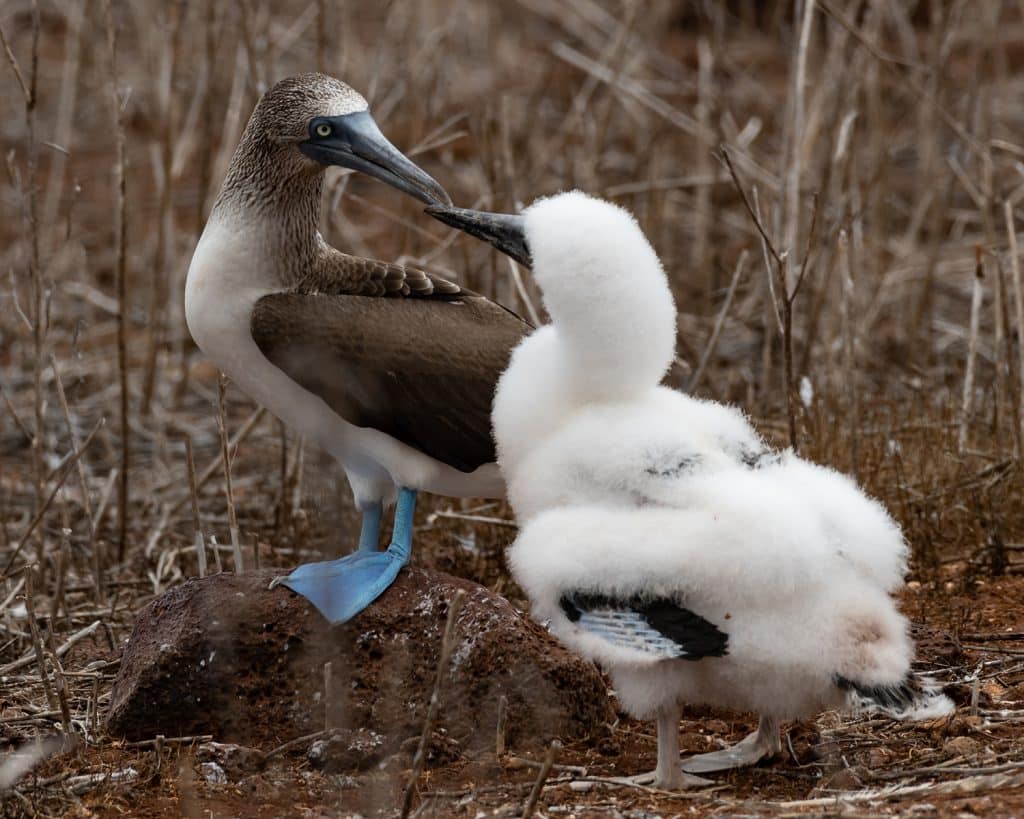

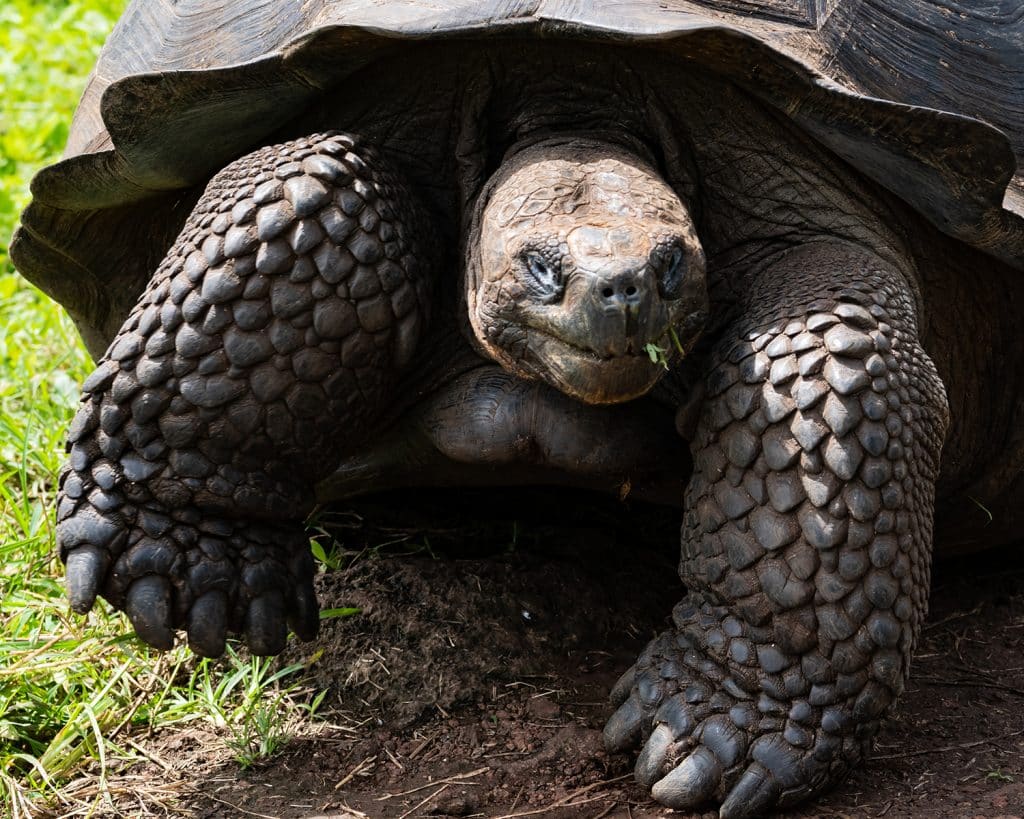
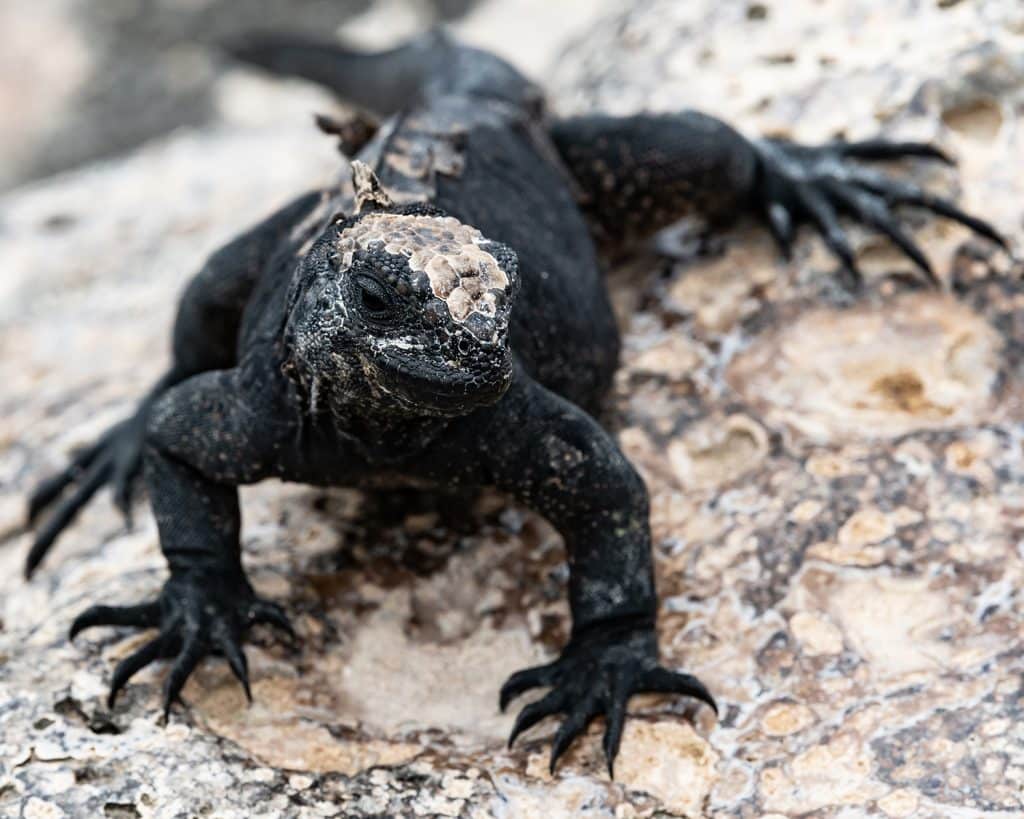
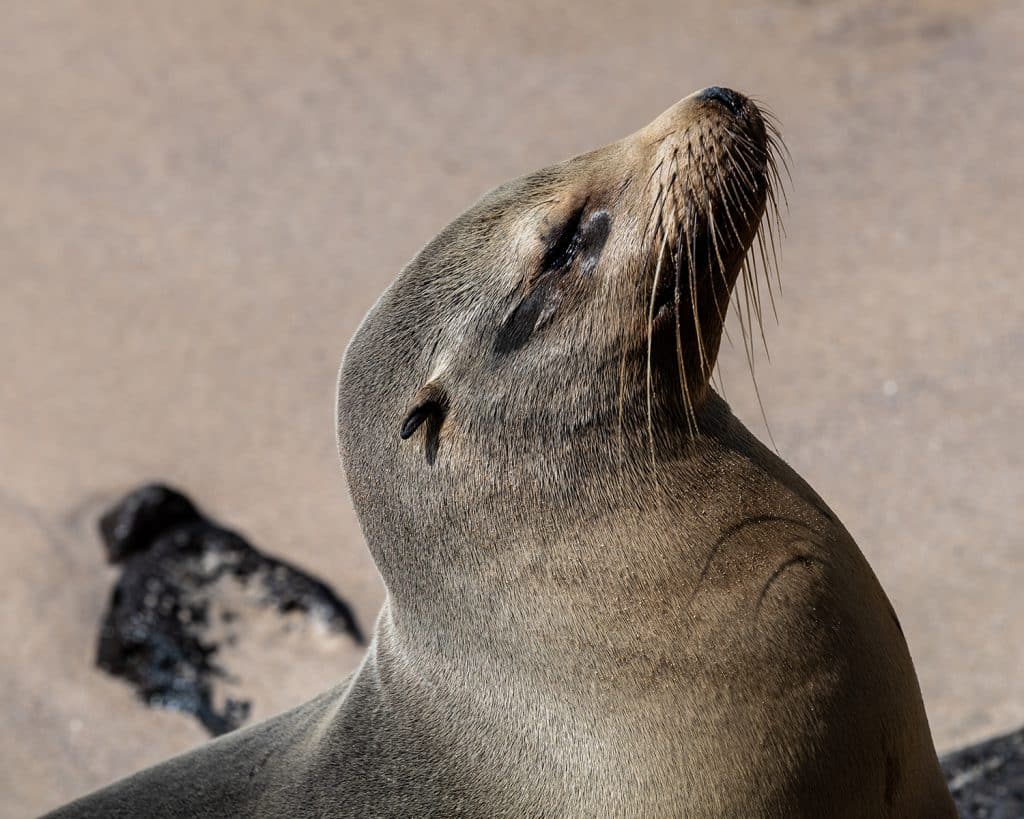
The Galapagos Islands are a go-to natural laboratory for evolutionary researchers. When an island first forms, it’s vacant of wildlife, but as birds bring seeds and marine life find the area habitable, new life thrives. Evolution occurs rapidly on islands such as the Galapagos because of their natural separation from predators.
“Islands are evolutionary experiments,” said Fred Gould, the William Neal Reynolds Professor of Agriculture in the Department of Entomology and Plant Pathology. “They’re fascinating for anyone studying genetics.”
Gould is co-director of NC State’s Genetic Engineering and Society and a member of the Genetics and Genomics Academy. He researches insect evolution. He’s studied mosquitos that transmit dengue and yellow fever viruses and has worked in Peru with a National Institutes of Health grant. Gould said it would be interesting to study how those mosquitos differ from the ones in the Galapagos, where dengue fever is problematic.
Islands are evolutionary experiments.
“All things in the Galapagos are interesting to the Genetics and Genomics Academy,” Gould said. “It’s part societal, part conservation. Genetics research can help us get rid of dengue on the islands. It can also help bolster agriculture there. Are farmers growing varieties of crops that are best for the islands? Joining the consortium allows us to bring even more expertise in genetic and genomic research.”
“This would be a great place for UNC and NC State to have common interests, especially in evolutionary biology,” Gould added. “We have common strengths, and it would be great to work on a project together, share our different expertise and see the synergies that come from it.”
Supporting Species and Societies
Research on the Galapagos Islands is multi-faceted, involving plants, animals and humans alike. This research embodies One Health, a global initiative that studies the health of living things, the environment and how they’re connected.
Sarah Rhea is an assistant professor of epidemiology in the College of Veterinary Medicine’s Department Population Health and Pathobiology. Her research focuses on antimicrobial resistance and emerging health issues. She spent part of the summer on the Galapagos’ Floreana Island collecting samples and data to study antimicrobial resistance. The data will be used in determining whether a certain type of drug-resistant E.coli is on the island.
“The Galapagos is an interesting place to study these types of complicated, intermixing factors because it’s like a model system,” Rhea said. “You have this tropical place where the heat contributes to microbial growth, but you also have a really protected biodiversity as well. There have been great efforts and successful efforts of preserving this special place, and that’s really unique.”
Rhea’s research will help protect not only the biodiversity on the Galapagos Islands but also the people who live there. Rhea and a team of NC State colleagues collected samples of wildlife waste along coastal areas, animal waste on several farms and human waste from anonymized public bathrooms. Once she analyzes the data, she’ll share the results with communities on the islands.
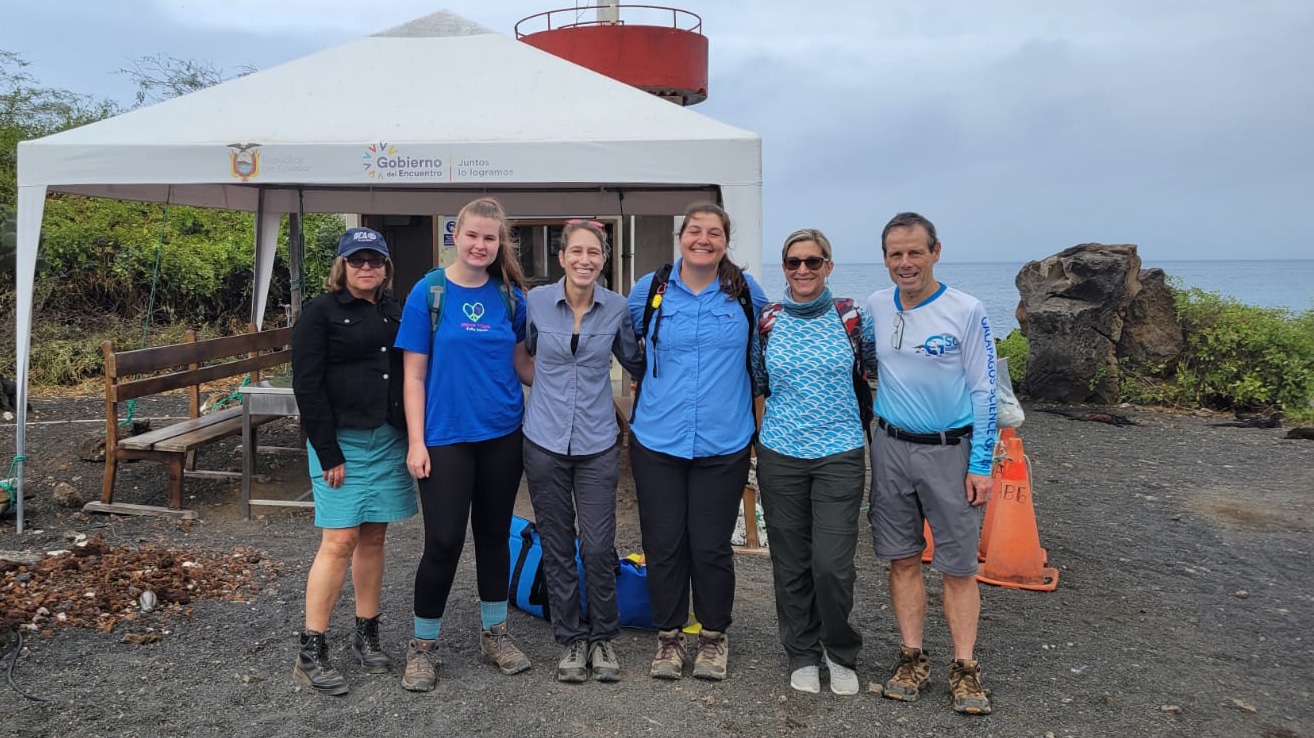
“A big part of this project is engaging with the local collaborators and government officials,” Rhea said. “It’s really important to get that information back to the people. We’ll move forward with future collaborations for studies and see if there are activities the community members think are important. We can provide technical expertise to help them to continue those activities.”
Incorporating local voices is critical to preserving the health of the Galapagos Islands. Those who live and work on the islands have unique expertise that can aid researchers and other subject matter experts.
“You have to take the time to understand what the community needs and help them understand the research process,” said Royden Saah, a visiting scholar in NC State’s Department of Entomology and Plant Pathology and a program manager with the nonprofit Island Conservation. “Diversity of perspective, processes, institutions and geography can solve globally active problems.
“NC State, Island Conservation and other partners are working in tandem with the Floreana community to help meet their conservation goals,” Saah continued. “When you listen to the people who would benefit from this research, they have knowledge and experience you can learn from. Our different expertise can complement each other.”
Diversity of perspective, processes, institutions and geography can solve globally active problems.
Saah coordinates programs that research and develop new technologies that prevent species extinction. NC State researchers, such as Fred Gould, have examined genetic technologies to remove invasive species from the Galapagos. Insects, rodents and other invasive animals have been introduced onto the islands because of human travel and actions. Even nonnative herbivores like goats can cause the extinction of native animals: When goats eat foliage other animals are dependent on, the islands’ biodiversity is harmed.
“Human activity has been part of the problem, and people part of the solution,” Saah said. “We are continually learning and continually adapting. If we focus our energy on solutions and how it affects the people, instead of taking people out of the question, that will lead to substantial gains and hope.”


